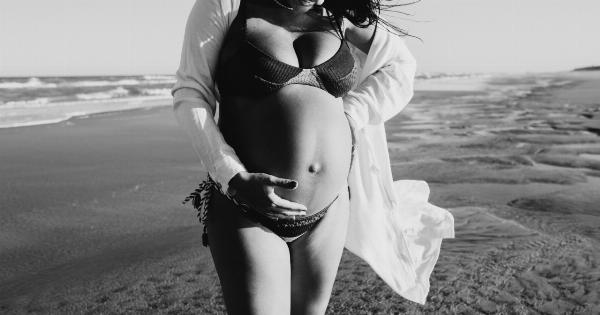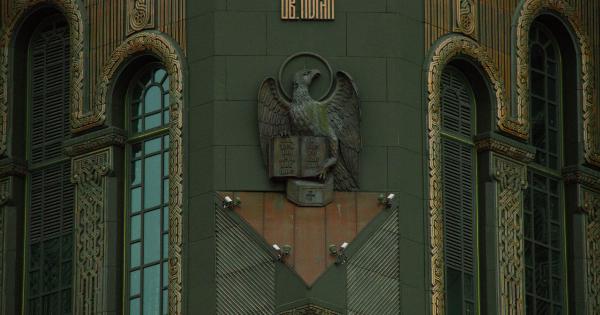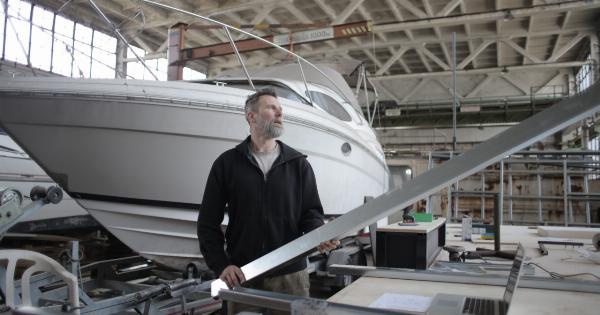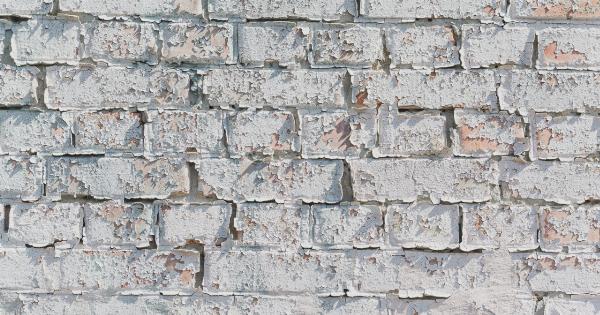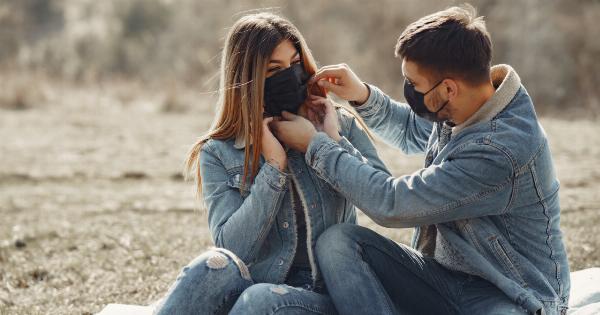The bladder is a vital organ in the human urinary system responsible for storing urine produced by the kidneys before it is excreted.
Located in the pelvic region, this muscular sac-like organ expands as it fills with urine, stretching to accommodate varying volumes. The bladder is lined with specialized cells that help prevent urine leakage and has a sphincter muscle that controls the release of urine.
The Intestines: A Digestive Delight
The intestines form a significant part of the digestive system, playing a crucial role in absorbing nutrients from digested food and eliminating waste.
Divided into two sections—the small intestine and the large intestine—the entire length of the intestines is remarkably long, enabling efficient absorption. The small intestine is responsible for nutrient absorption, while the large intestine absorbs water and electrolytes, and prepares waste for elimination.
Unveiling the Wonders of the Esophagus
The esophagus is a muscular tube connecting the throat to the stomach, essential for swallowing and transporting food from the mouth to the digestive system.
Lined with mucus-producing glands, the esophagus helps protect the delicate tissues from food abrasion and acid reflux. Muscular contractions called peristalsis propel food downward, ensuring a smooth journey to the stomach.
Journey to the Stomach
Upon entry into the stomach, food is further broken down by acid and digestive enzymes. The stomach is a muscular organ with an elastic lining that expands and contracts to mix and churn the food.
This mechanical and chemical breakdown of food creates a thick semi-liquid mixture called chyme. From the stomach, the chyme passes into the small intestine for further digestion and absorption of nutrients.
The Mighty Liver
The liver is the body’s largest internal organ and performs over 500 vital functions. It aids in digestion, storing and releasing glucose, detoxifying harmful substances, producing bile for fat digestion, and much more.
Located in the upper right abdomen, the liver has a complex network of blood vessels and a unique regenerative ability, enabling it to heal and recover from injury.
Let’s Talk About the Gallbladder
The gallbladder is a small, pear-shaped organ located beneath the liver. Its primary function is to store and concentrate bile, a substance produced by the liver that aids in digestion by breaking down fats.
When fat enters the small intestine, the gallbladder contracts, releasing stored bile into the digestive system for proper fat absorption.
Understanding the Pancreas
The pancreas is an elongated glandular organ situated behind the stomach. It serves as both an endocrine and exocrine gland. As an endocrine gland, it produces essential hormones such as insulin and glucagon, which regulate blood sugar levels.
As an exocrine gland, it secretes digestive enzymes into the small intestine to break down proteins, fats, and carbohydrates.
The Colon and Rectum: The Final Stretch
The colon, also known as the large intestine, and the rectum make up the last part of the digestive system. The colon absorbs water and electrolytes from undigested food, forming feces, which are then stored in the rectum until elimination.
The rectum acts as a temporary storage facility, sensing the presence of stool and signaling the need for a bowel movement.
Complications and Disorders
Although these organs perform their functions efficiently, they are susceptible to various health conditions.
Bladder infections, kidney stones, colorectal cancer, gastroesophageal reflux disease (GERD), and pancreatitis are some common disorders that can affect these organs. Timely medical intervention, lifestyle modifications, and proper self-care can help prevent and manage these ailments effectively.
Conclusion: Marvels of the Human Body
The bladder, intestines, esophagus, and other organs of the digestive and urinary systems work in unison to ensure our bodies receive nutrition, eliminate waste, and maintain overall health.
Understanding the intricate workings of these organs allows us to appreciate the complexity of the human body. Let us be mindful of their well-being and prioritize their care to enjoy a healthy and vibrant life.

